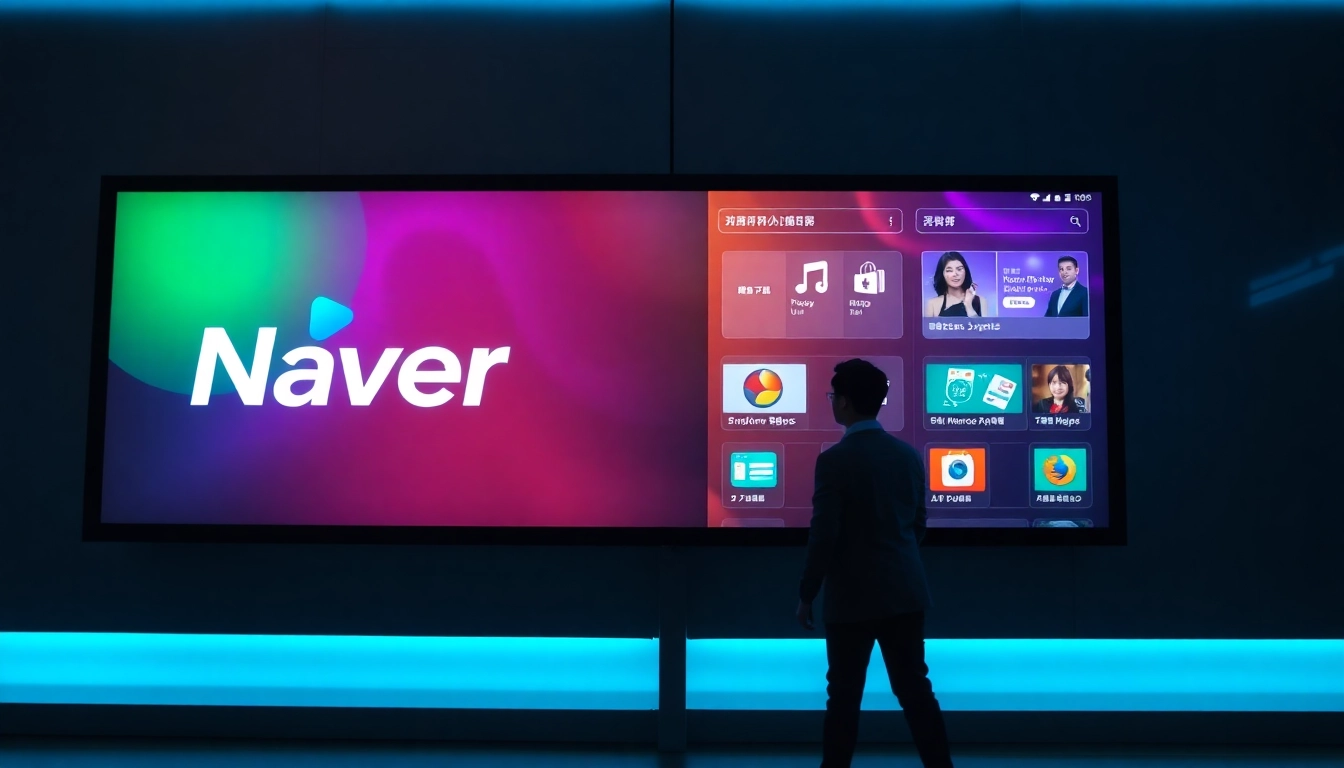Understanding the Freelance React Scene in 2024
Market demand for React freelancers across industries
The demand for React freelancers remains robust in 2024, driven by the technology’s versatility and widespread adoption across multiple industries. From startups to Fortune 500 companies, React is the preferred framework for building dynamic, high-performance web applications. Industries such as ecommerce, finance, healthcare, and media are increasingly relying on React to deliver seamless user experiences, which fuels the need for skilled freelance developers. According to recent data, platforms like Upwork and Freelancer report hundreds of thousands of React-related job postings monthly, indicating a thriving gig economy for React freelancers. Notably, the shift towards remote work, accelerated by recent global trends, has expanded market opportunities, allowing developers worldwide to tap into diverse projects with competitive compensation.
For those exploring opportunities, websites like freelance react offer curated listings tailored for React specialists, highlighting high-paying projects across various sectors and locations. This demand is compounded by the ongoing evolution of web technologies, necessitating continuous learning and adaptability among freelancers.
Key skills and certifications that boost your credibility
To stand out as a React freelancer in an increasingly competitive marketplace, possessing a strong skill set is vital. Core competencies include deep knowledge of React.js, hooks, state management (Redux, MobX), and familiarity with modern JavaScript (ES6+). Additionally, understanding related tools like Webpack, Babel, and testing libraries (Jest, React Testing Library) enhances your profile.
Certifications validate your expertise and reassure clients of your professionalism. Top-tier certifications include the official React certification offered by Meta (formerly Facebook), or recognized online courses from platforms such as Coursera, Udemy, and Pluralsight. Mastery in TypeScript, Next.js, and GraphQL significantly increases your value, given their rising integration with React projects.
Beyond technical skills, soft skills such as effective communication, problem-solving, and project management (e.g., Agile methodologies) contribute to securing and executing quality projects. Building an impressive portfolio of diverse projects further enhances credibility.
How remote work shapes the freelancing landscape for React developers
Remote work has revolutionized freelancing, breaking geographical barriers and broadening access to high-paying React projects. Today, a React freelancer in France can collaborate seamlessly with clients in the United States, Asia, or Europe. This globalization increases competition but also offers access to a wider client base willing to pay premium rates for top talent.
Remote projects demand excellent communication skills, clear documentation, and disciplined time management. Platforms like JobForFreelancers facilitate remote engagements by vetting clients and providing reliable project listings. Freelancers can also leverage tools such as GitHub, Slack, and Jira to coordinate effectively, ensuring timely delivery and client satisfaction.
Moreover, remote work provides flexibility to freelancers, enabling them to optimize their work environment and work-life balance. Reports indicate that freelancers working remotely tend to earn more due to their ability to take on multiple projects and maintain high productivity.
Building a Strong Portfolio and Finding Clients
Showcasing your React projects effectively
A well-crafted portfolio serves as your digital storefront to attract high-quality clients. Showcase projects that demonstrate your command over React, including complex applications, UI/UX designs, and performance optimizations. Use platforms like GitHub to host your code, and consider building a personal website that highlights your expertise, project case studies, and client testimonials.
Incorporate real-world problem-solving examples, emphasizing your role in project success and the technologies used. Visual elements such as demos, videos, and before-and-after comparisons can significantly boost your credibility.
Platforms and channels to attract freelance React opportunities
Several online platforms connect React freelancers with clients. Major marketplaces like Upwork, Freelancer, and Toptal provide extensive listings, filtering options, and vetting processes to ensure quality matches. Additionally, specialized tech-focused platforms like Gun.io or Codementor can help find niche projects.
Social media channels, especially LinkedIn and Twitter, serve as powerful tools for networking and visibility. Regularly sharing insights, completed projects, and engaging with React communities (such as r/reactjs on Reddit) can attract inbound inquiries.
Networking strategies to connect with high-paying clients
Building meaningful relationships with potential clients involves active participation in industry events, webinars, and online communities. Attending tech conferences, either virtually or onsite, can lead to referrals and collaborations. Collaborate with design agencies or development firms that subcontract React work, opening supplementary revenue streams.
Establishing a personal brand, through blogging technical articles or tutorials, positions you as an expert, attracting premium clients. Referral programs and long-term collaborations enhance stability and income.
Pricing Strategies and Negotiation Tips
Setting competitive yet profitable rates for React freelance projects
Effective pricing balances your expertise, market demand, and client budgets. According to recent surveys, React freelancers typically charge between €600 and €1200 per day (TJM), depending on experience, project complexity, and location. Entry-level developers might start around €400–€600, while seasoned experts can command upwards of €1000–€1200.
To determine your rate, analyze your skill level, previous project outcomes, and prevailing market rates on platforms like Upwork or Toptal. Consider adding value-added services, such as consulting or post-deployment support, to justify higher rates.
Understanding hourly vs. project-based compensation
Choosing between hourly and fixed project pricing depends on project scope and predictability. Hourly rates offer flexibility and safeguard against scope creep but may deter clients seeking budget certainty. Fixed-price projects incentivize efficient delivery but require accurate scope estimation.
Many freelancers utilize hybrid models, such as capped hours or milestone-based payments, to balance risk and reward. Clearly defining deliverables and timelines in contracts is essential.
Negotiation tactics to secure top-tier contracts
Successful negotiation hinges on demonstrating your value, understanding client needs, and articulating how your expertise will solve their problems. Highlight previous successful projects, relevant certifications, and industry knowledge. Always be prepared to justify your rates with data or case studies.
Consider offering tiered packages, allowing clients to choose options that fit their budgets, which can facilitate closing deals at premium prices.
Best Practices for Project Delivery and Client Satisfaction
Managing scope, timelines, and communication
Clear scope definition prevents misunderstandings and scope creep. Use detailed proposals and change management processes. Regular updates and transparent communication foster trust and allow early detection of issues.
Utilize project management tools like Jira, Trello, or Asana to monitor progress, set realistic deadlines, and ensure stakeholder alignment.
Using Agile methodologies to enhance project outcomes
Adopting Agile principles enables iterative development, continuous feedback, and flexibility. Short sprint cycles help identify challenges early, adjust priorities, and deliver value incrementally.
Building long-term relationships for repeat freelance work in React
Exceptional delivery, proactive communication, and post-project support foster loyalty. Offer maintenance plans or iterative improvements to keep clients engaged and secure ongoing contracts.
Future Trends and Continuous Learning for React Freelancers
Emerging React technologies and frameworks to watch
The React ecosystem evolves rapidly; notable trends include React Server Components, Edge Computing integration, and the continued expansion of Next.js for full-stack development. Staying updated via official documentation, community forums, and newsletters ensures relevance.
Upskilling with related fields like DevOps, Next.js, and TypeScript
Expanding your skill set enhances employability and project scope. Learning DevOps practices, containerization (Docker, Kubernetes), and serverless architecture enables you to deploy scalable React applications efficiently. Mastering Next.js introduces server-side rendering and static site generation, which are highly sought-after features.
How to stay competitive in a rapidly evolving freelance market
Continuous learning, participating in open-source projects, and obtaining advanced certifications keep your skills sharp. Engaging in React communities and contributing to forums like Stack Overflow also enhances visibility and credibility. Establishing a niche specialization—such as React Native or enterprise React solutions—can differentiate you from competitors.



